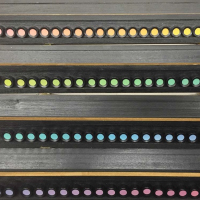
Color Vision
What is the impact of age on measures of color appearance (e.g., wavelengths of light that correspond to unique hue sensations) and color discrimination (e.g., precision with which colored stimuli can be arranged in color sequence)?

What is the impact of age on measures of color appearance (e.g., wavelengths of light that correspond to unique hue sensations) and color discrimination (e.g., precision with which colored stimuli can be arranged in color sequence)?
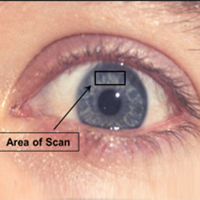
Our visual test battery includes complete spectral scans of reflectance of iris and skin. Eye-color (based on verbal categories) is often claimed to correlate with many psychological functions, from personality to alcoholism. Are there separate categories of spectral reflectance, or are the usual verbal categories arbitrary? This is important for many of the conclusions in the literature and also because differences may reflect different gene pools.

Which spatial components (from coarse to fine) of an image are important for categorizing objects or scenes? Can ability to extract information from blurred images be enhanced by “flickering” the image? Our earlier paper (Sex & Vision I) described markedly improved sensitivity for coarse components, which are claimed to be important for categorization.
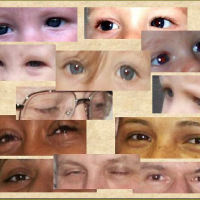
Our previous work concentrated on group-mean functions. What of individual differences? For one approach, we are now examining between-participant variances on all tests in our battery.
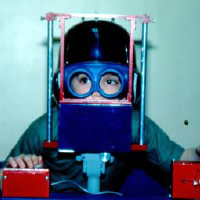
Various developmental changes and psychological disorders have been related to differences in general cortical inhibition; these have been related to differences in the sensitivity of the visual system to the coarser components of any image. We are developing a metric for specifying such differences and applying it to our data on Down’s syndrome, aging, and young children; we are collaborating with colleagues to analyze a large dataset from individuals with schizophrenia.
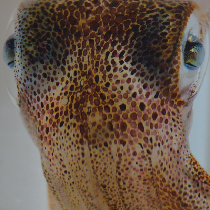
Many cephalopods change appearance to match their immediate environment. Squid skin has many discrete “spots” whose appearance and size change. Complete understanding of what affects these changes needs detailed information about their dynamics. High-speed videos were made of captive squid when stimulated by light flashes of different intensities and sequence. We use videos to track, frame-by-frame, each skin element’s size and reflectance.

We are re-examining these functions with participant ages as a co-variable; vision changes with age – are changes continuous or are there separate age-groups?
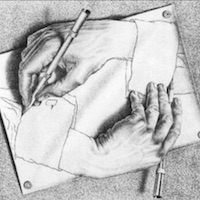
It is not uncommon for depictions of warriors to have a weapon held in the left hand. What accounts for the over-representation of left-handedness in drawn imagery? Download PDF presentation here.